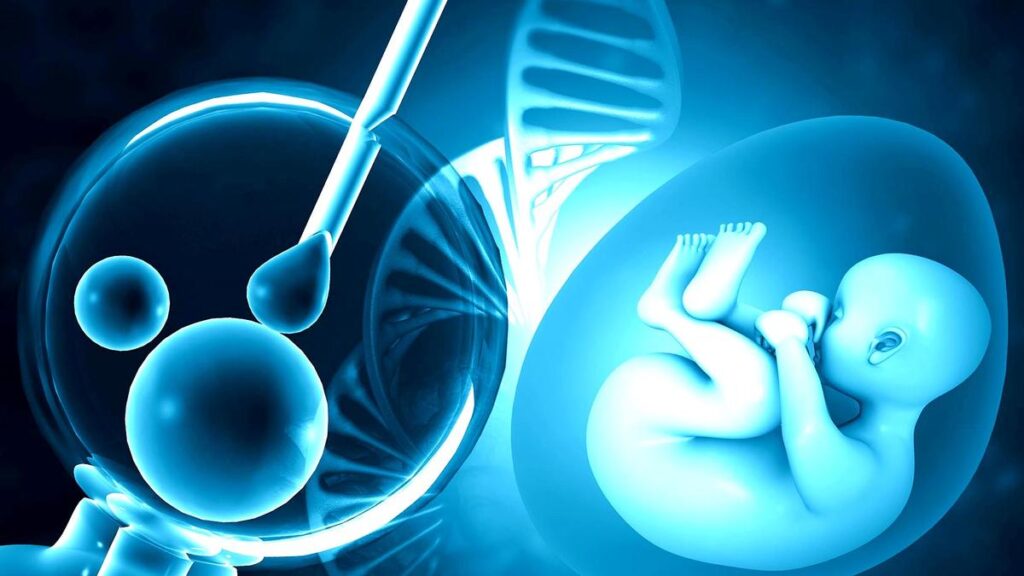970x125
Your fertility journey is uniquely intimate, but it doesn’t have to be a mystery. Consider your body an advanced communication network that continually sends signals regarding your reproductive well-being. Educating yourself to read between the lines, both the supportive green flags and cautionary red flags, gives you the power of proactive action towards your fertility.
970x125
The elegance of fertility health is its responsiveness to positive change. Fertility is one of the few health states that can transform significantly with directed lifestyle changes and early treatment. Knowing what to rejoice over and what to repair can convert your reproductive wellness journey from responsive to proactive.
Fertility green flags
Healthy metabolic function — properly working metabolism is the best friend your fertility could ask for. If your body properly digests nutrients and keeps blood sugar levels stable, it provides a healthy context for hormone output and egg quality. Some of the indicators of a healthy metabolism are consistent energy all day, an even temperament, and the capacity to achieve a healthy weight without going to extremes.
Ideal weight range:A BMI of 18.5-24.9 dramatically increases fertility potential. This range promotes regular ovulation, balanced hormone secretion, and uncomplicated pregnancies. Keep in mind that “healthy” is relative—aim to feel strong and full of energy instead of trying to reach a particular number.
Balanced hormones: Hormonal balance is reflected in regular menstrual cycles, consistent moods during your cycle, healthy patterns of libido, and glowing skin. Your energy levels will be high, PMS symptoms under control, and there will be regular ovulation. All these indicate that your hormones are balanced and thus can be considered as a green flag for your fertile health.

Warning signs that needs attention
There are some signs however that may indicate health issues.
Basal body temperature patterns uncover more than most blood tests. An increase in temperature for less than 10 days after ovulation is a sign of luteal phase defects, seen in 35% of women with recurrent early pregnancy loss.
Another sign to look for is the colour of the period, brown spotting prior to menstruation suggests progesterone deficiency, while shiny red bleeding with menstruation suggests optimal hormonal balance. Frequent dark or clotted bleeding suggests circulatory compromises that can interfere with implantation. Paying close attention to these seemingly trivial details can make a tremendous difference in the incidence of pregnancy.
Severe menstrual pain — often women just “deal with” period pain, but if a period pain requires prescription medication, causes you to miss work, or gets worse over time then it isn’t something to just “deal with.” Underlying condition like endometriosis or fibroids can impact fertility and thus requires proper evaluation and treatment.

Skin and hair changes — sudden growths of facial or body hair, particularly accompanied by adult-onset acne along the jaw, may warn of insulin resistance or PCOS (polycystic ovarian syndrome). Unexplained weight gains or losses may also signal thyroid dysfunction, which in turn impacts reproductive function directly.
Men’s reproductive health provides equally significant indicators. Alarming indicators include sexual dysfunction changes, pain or swelling in the testes, or lack of normal morning erections. Up to 50% of global cases of infertility have been found by recent research to be caused by male factors, making men’s health equally essential to tackle.

Addressing key indicators
This is the empowering reality about fertility health: many red flags can be turned into green flags with the right strategies and timing. While there are various warning signs to recognise, there are also effective avenues to overcome these hindrances.
Hormonal imbalances adapt wonderfully to lifestyle modification where habits like regular moderate exercise, regular sleeping habits, good stress management skills, and not drinking too much alcohol or smoking can contribute tremendously to good fertile health.
Abnormal cycles can often normalise with dietary change by incorporating foods that are full of antioxidants, good fats, and lean protein, omega-3 fatty acids and foods rich in folate. If your diet has these fertility-enhancing foods at all times, you’re giving your reproductive system the building blocks it requires to function well.
Even conditions such as PCOS can be well controlled by metabolic support and weight optimisation. The secret is prompt identification and regular, evidence-based intervention.
Your fertility path isn’t already determined by your red flags; it’s moulded by your response to them. With each beneficial adjustment you make today, you create ripple effects that bolster your reproductive power three months down the road. Whether you’re fine-tuning already-optimal fertility or you’re working through specific issues, keep in mind that your body has an impressive ability to heal and adapt.
(Dr. Indumathi Joy, is a senior consultant in IVF and Gynaec Endoscopy, Nova IVF fertility, Anna Nagar, Chennai. indhumathi.joy@novaivffertility.com)
Published – August 17, 2025 12:29 pm IST
970x125

